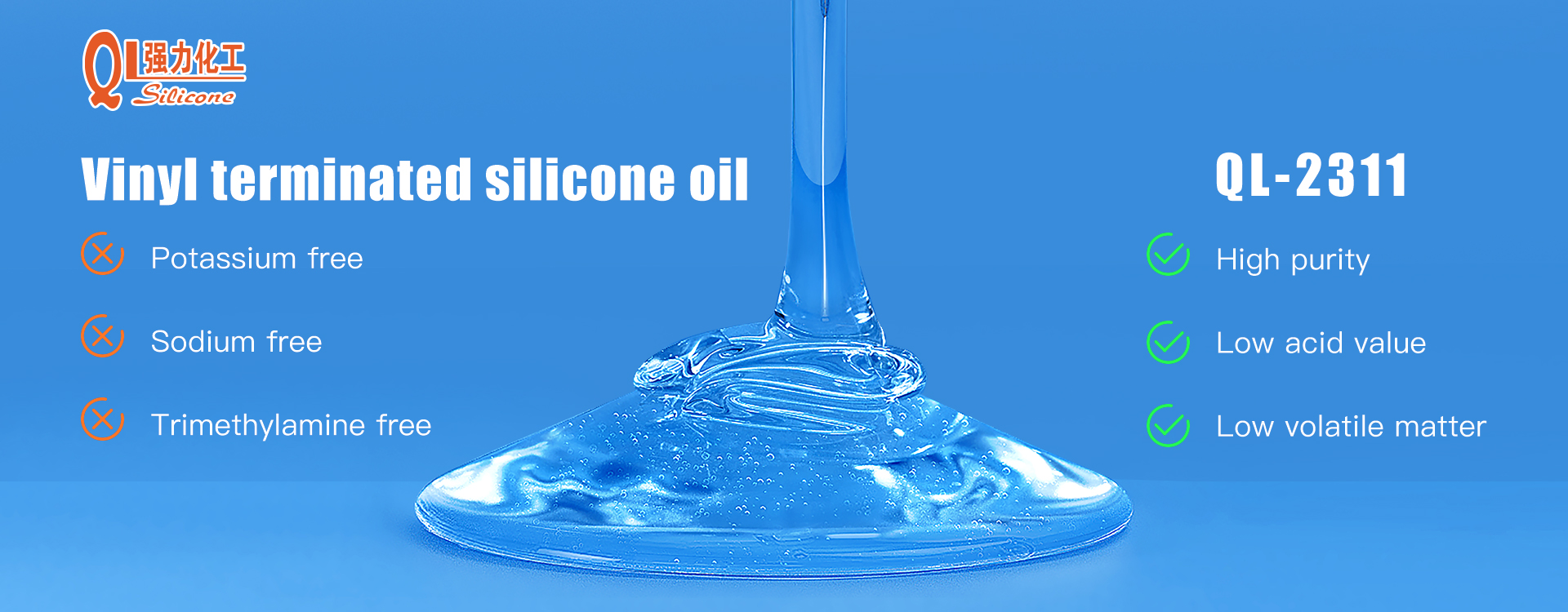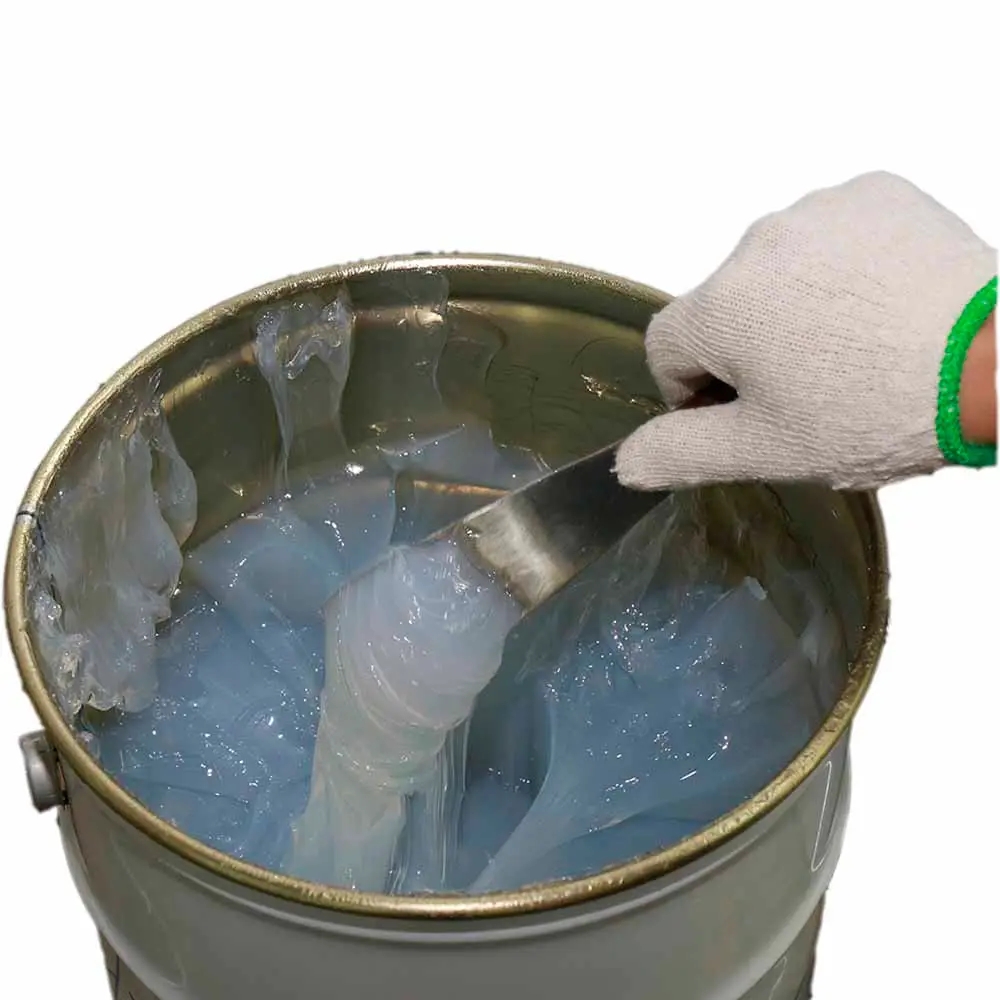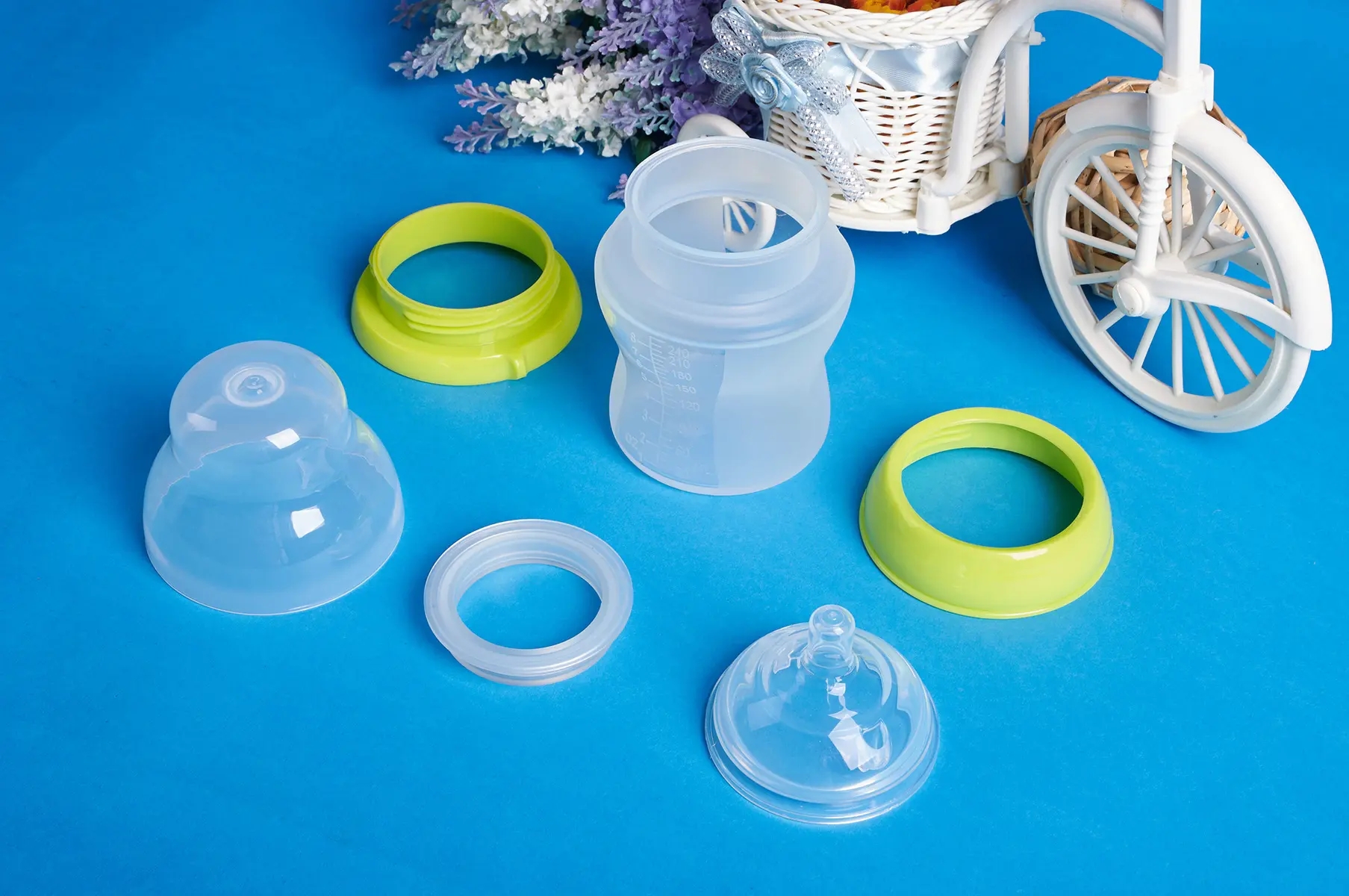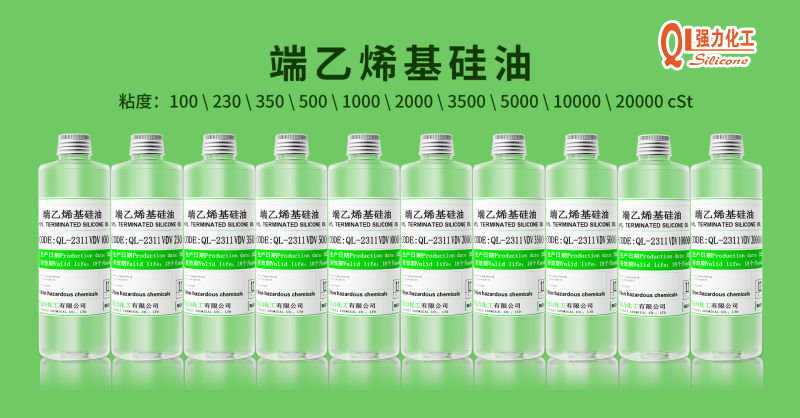Liquid silicone has excellent transparency, tear resistance, resilience, anti-yellowing, thermal stability, water resistance, good air permeability, heat aging resistance and weather resistance, at the same time moderate viscosity, good fluidity, easy to operate, product transparency high.

The latest application development of liquid silicone rubber
In recent years, the Liquid Rubber Injection Molding Method (LIMS), that is, the injection molding of liquid silicone rubber, has been widely popularized and promoted. Recently, this method has become a molding method that people in the industry generally pay attention to because of its advantages of short-term automatic molding and composite molding with plastics. The following will introduce the latest trends in injection molding of liquid silicone rubber and the materials suitable for this molding method.
1. Liquid injection molding of silicone rubber
The liquid silicone rubber injection molding method that started in the 1970s has gradually become popular, and is now recognized as a molding method for silicone rubber. First, the commonly used LIMS method will be described.
If you use one sentence to explain LIMS (Liquid Silicone Rubber Injection Molding), it is a method of pumping addition-curable liquid silicone rubber into the injection molding machine and curing it in the mold. Judging from the differences in the process flow and curing reaction of these two methods, LIMS has several advantages:
(1) Saving manpower: The process of material conveying, metering, mixing, injection, etc. realizes continuous automation and reduces power consumption.
(2) It can improve production efficiency: shorten the molding cycle through rapid curing.
(3) Product quality can be improved: no reaction by-products are generated, and no impurities are mixed.
(4) Suitable for composite molding: Due to the good fluidity of the material, low molding pressure, and wide curing temperature range, composite molding can be performed in addition to insert molding.

At present, not only is the transition from the simple mixing type with the above-mentioned advantages to the LIMS method, but it is also actively developing in the following two directions recently.
(1) Fully automatic molding: no flash, no runner, automatic demoulding
Regarding the fully automated molding process, people have conducted research from various aspects such as injection machines, molds, and materials. It not only saves manpower in the process operation, but also reduces the cost of materials because it does not produce useless cured products, and it is also attracting attention from the perspective of environmental protection. For the molding of miniature products such as skeleton oil seals for automobiles, the molding cycle (from injection to the next injection) is required to be within 10s, which can be completed in a very short time.
(2) Composite molding: Insert molding, binary molding
Because the form of crosslinking reaction is addition curing, it can be molded at a relatively low temperature. Since no by-products such as peroxide decomposition residues are generated during the crosslinking reaction, there is no need for secondary vulcanization in principle. Therefore, it can be integrally molded with resin, molded by coating primer material, and dual molding that makes the sealing part and the skeleton part a whole has also begun to be popularized.
Silicone rubber has excellent properties (heat resistance, plug resistance, weather resistance, electrical insulation, flame retardancy, etc.). Due to these properties, it is possible to make environmentally friendly molding based on fully automatic molding, and integral molding with metals and organic resins. In addition, the material itself is transparent and colorable, so its application scope involves many fields, such as (computer, mobile phone, etc.) keys, milk bottle nipples, (copiers, printers, etc.) rubber rollers, pipe joint seals, oil seals And other auto parts, TV picture tube anode caps, diving supplies, etc.

3. Materials for automatic molding without glue edge/runner
In recent years, in the injection molding of liquid silicone rubber, a method called no rubber edge and no runner molding has become popular. This is a molding method that does not produce useless cured products and does not require secondary processing, that is, it is a molding method that does not have a sprue or runner (even if there is no curing), and does not produce waste rubber edges. In order to implement this molding method, the structure of the mold, the smoothness of the parting surface, etc., the metering and discharge accuracy of the injection machine must meet the requirements, and even in terms of materials, it must be a material that is difficult to generate scrap edges. As shown in Figure 2 (omitted), after the rubber material entering the mold cavity is filled with the mold cavity, due to excessive rubber material, or due to factors such as thermal expansion of silicone rubber, the rubber material flows into the parting surface and becomes waste after curing. Glue edge. If the parting surface is designed to be narrower, it will be difficult to generate waste rubber edges, but at the same time, the air will not be easily discharged, so it becomes the cause of air bubbles in the finished product.




